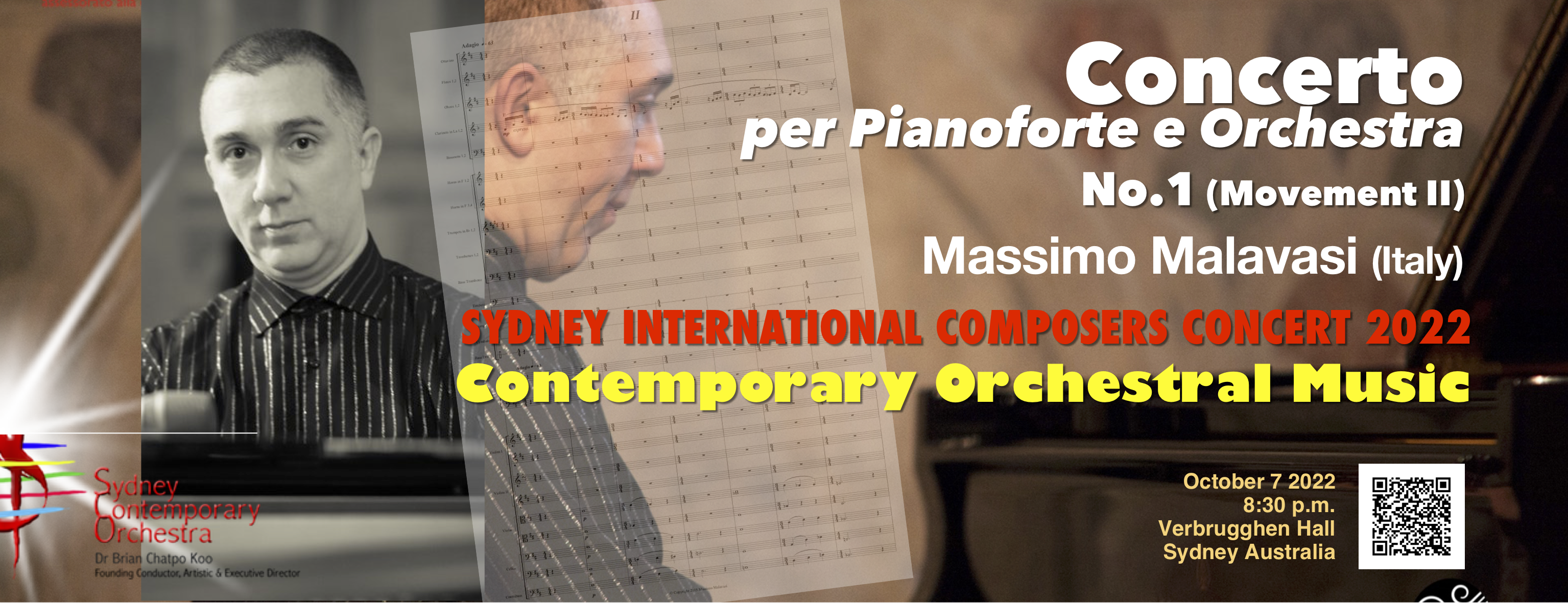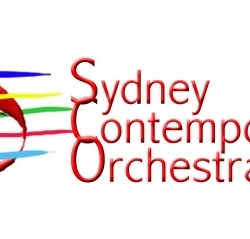A Composition and Piano graduate.
Alongside a very productive compositional activity, he has had an equally intense concert, didactic, musical arranger, and choir director activity.
He has received rewards and distinctions in Italy and international composition competitions.
With the formation of the group Armonya Nova he has recorded the cd “Armonya Nova Gospel”.
Among his compositions: the “ Regina Nivis” Mass, The Christmas Oratory “The Stone and the Light” and the Oratory of Passion for soli, choir and orchestra, the operas “Other Lives” and “Fragments”, the musicals “Look”, “Gramigna’s Lover”, “The Saint of Arra”, “The Canterville Ghost”, “The Angel of Hell’s Kitchen”, “Nix”. NIX had an Equity Showcase production at Planet Connections Theatre Festivity in NYC, and was nominated for 8 Outstanding Awards, including Outstanding Production, Outstanding Music & Lyrics and Outstanding Book of a Musical; a concert for piano and orchestra, studies and sonatas for piano and for chamber music formation.
Since 2001, Massimo has been Director of “La Ghirlandèina” choir in Modena. The group specializes in recovering folk songs in their dialect, has recorded two CDs of traditional music and given more than 400 concerts.
He is the author of the book for piano method “Four Little Hands” published by Ricordi.

Program notes : Concerto per Pianoforte e Orchestra N°1
The Concerto N ° 1 for Piano and Orchestra, completed in 2015, is a concerto of large scale, divided into three movements. The structure is that of the great classical concertos, taken as a model as one of the highest points of artistic creation in the field of solo concertos. Despite the classical concerto form, this work is affected by harmonic influences from jazz music, even if these never emerge explicitly. These harmonies are structured in a language where each note is written and not improvised, and this consolidates the complexity of the structure. The great forms of the classical convention are the basis of the construction of the individual movements: from the sonata form to the rondo form. All these forms are revisited while maintaining at the base the continuous idea of variation. The concerto presents in all three movements wide-ranging melodies, an element almost forgotten by the twentieth-century avant-garde, but here taken up as a valuable element that strengthens the composition. The recovery of the best elements of the past mixed by a myriad of elements of the contemporary, characterize this new artistic form, in which virtuosity still has its space to assert itself.
